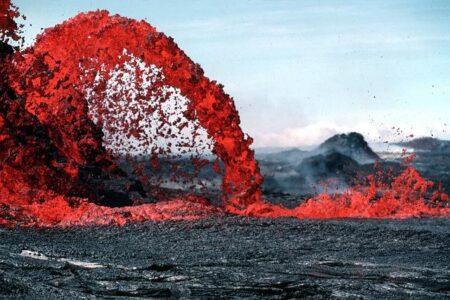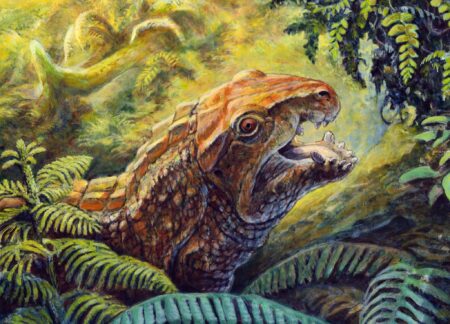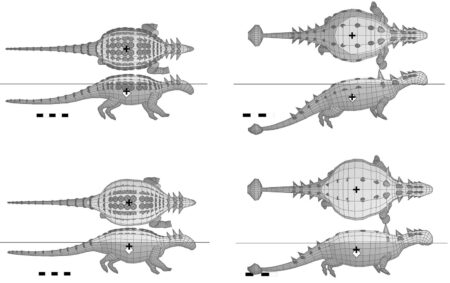NASA’s Earthdata portal has unveiled striking cloud-free imagery of the United Kingdom and Ireland, offering clear insights into the region’s geography and urban development. This resource aids researchers and enthusiasts in studying environmental patterns and land use.
Browsing: scientific research
A 70-year-old laboratory at a nuclear center is set to undergo a significant roof replacement to facilitate the safe processing of radioactive waste. This upgrade aims to enhance safety measures and ensure compliance with modern environmental standards.
In Italy’s Phlegraean Fields, residents grapple with an ever-changing landscape marked by volcanic activity. “The ground keeps breaking and deforming,” they say, highlighting the challenges of living near one of the world‚Äôs most active supervolcanoes.
Archaeologists in Spain have uncovered remains of an unknown human species, raising intriguing questions about human evolution. The discovery, found in a cave near Barcelona, suggests a previously uncharted chapter in our ancestral history. Further research is underway.
Recent findings suggest that during the “Great Dying,” the most catastrophic mass extinction in Earth’s history, an isolated region in China remarkably escaped the extensive biodiversity loss. This discovery sheds new light on survival during ecological crises.
A new titanosaur species has been discovered in Argentina, shedding light on the diverse lineage of these colossal dinosaurs. Researchers uncovered remarkable fossils that offer insights into their size, habitat, and evolutionary adaptations, enriching our understanding of prehistoric ecosystems.
A remarkable discovery in Brazil has unveiled a new species of Triassic archosauriform, shedding light on the diversity of early reptiles. This find, crucial for understanding evolutionary history, highlights the significance of paleontological research in the region.
A remarkable discovery in Australia has unveiled two massive predators from the ‘upside down’ dinosaur age, dating back 120 million years. Fossils reveal insights into this unique period, suggesting diverse ecosystems and complex predatory behaviors.







